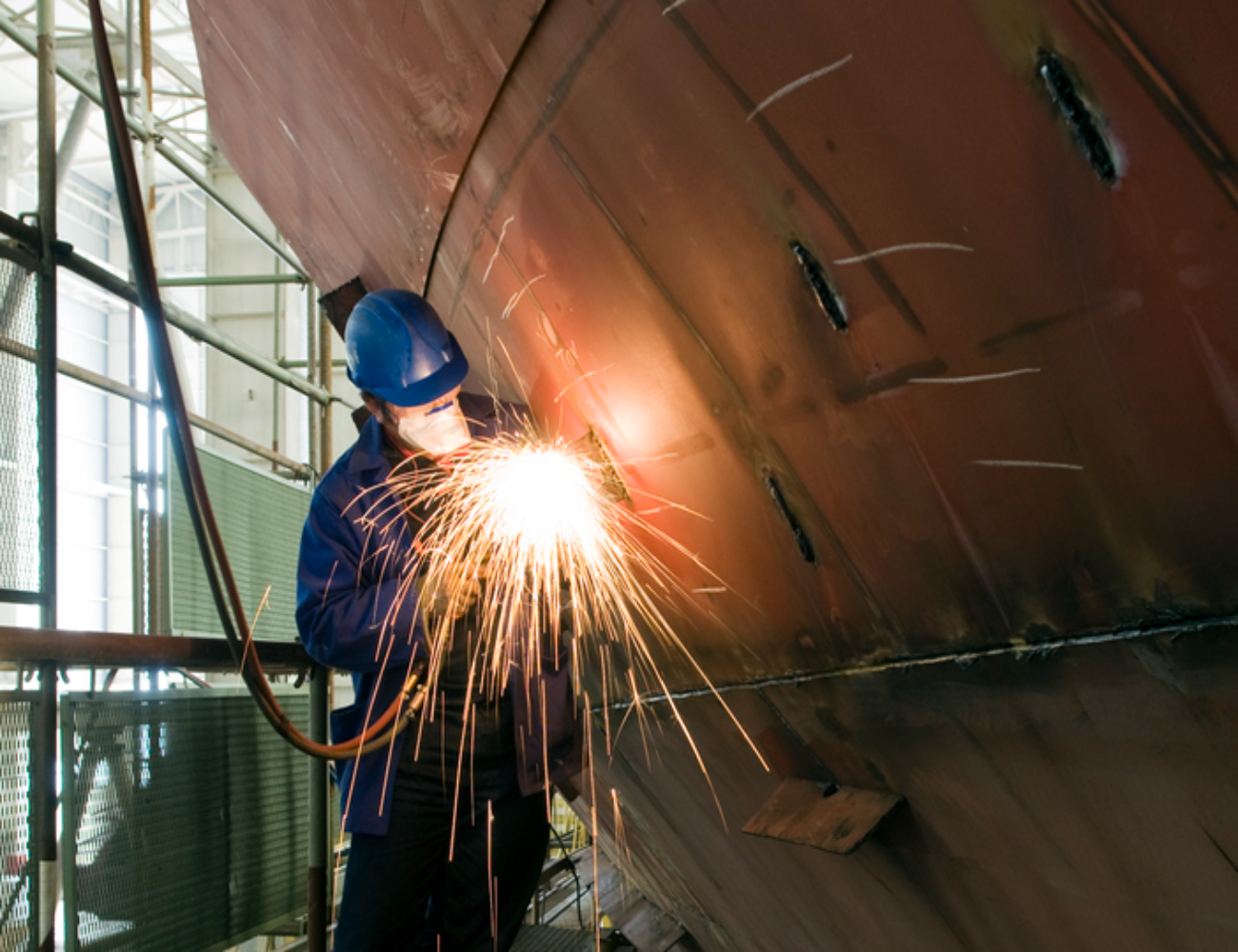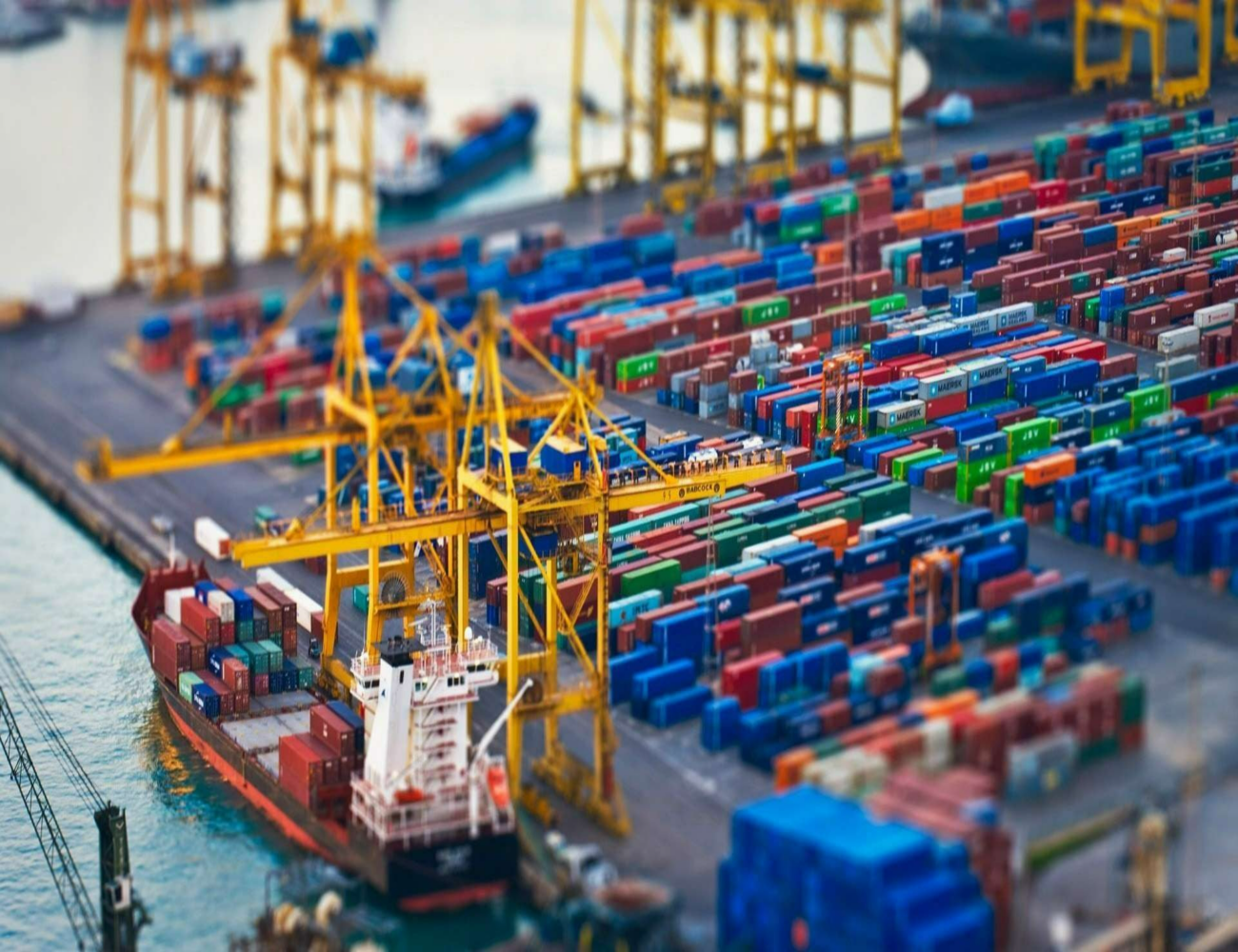- Pipe, steel repairs & renewals
- Afloat repairs & riding squads.
- Underwater services with class approved divers
- Cleaning, painting services
All kinds of the hull, structural steel, and coating repair work onboard are carried out by our expert teams in the highest quality and the fastest way all accordance with the vessel's class society rules.
All repairs are done without interrupting the vessel's current schedule, whether in port or at anchorage, or during sailing.
We also arrange repair docks for more major repair jobs if needed
For long-term repairs that will exceed the vessel's port stay, our riding teams join the vessel as crew member regardless of where it is in the world, completes the necessary works without disrupting the vessel's voyage in open seas, disembarks at the most suitable port after job completion and returns home by plane.
Hull & Structural Repairs
Marine vessels are subjected to constant wear and tear due to the harsh conditions they face while navigating through water bodies. Over time, the hull and structural components of these vessels may require repairs to maintain their integrity and safety. This article will discuss the importance of hull and structural repairs on marine vessels, the types of damages that may occur, and the repair processes involved.
The Importance of Hull and Structural Repairs
The hull and structural components of marine vessels are critical to their safe operation. Any damage or degradation to these components can compromise the safety of the vessel and its crew. Additionally, neglecting repairs may result in more severe damage, higher costs, and even accidents. Therefore, it is vital to maintain the structural integrity of the vessel and address any issues promptly.
Types of Damages
Several factors can cause damage to a vessel's hull and structural components. These include collisions, grounding, corrosion, fatigue, and general wear and tear. The extent and type of damage can vary significantly depending on the cause and the area of the vessel affected. Some common types of damages include:
-
Cracks and fractures: These can occur due to stress, corrosion, or collisions.
-
Corrosion: This can cause metal components to weaken, resulting in structural issues.
-
Deformations: These can be caused by collisions, grounding, or other impacts.
-
Fatigue cracks: These are caused by repeated stress cycles and can lead to structural failure if not addressed promptly.
Repair Processes
The repair process for hull and structural components can vary depending on the extent and type of damage. However, some common steps include:
-
Inspection and assessment: A thorough inspection is carried out to determine the extent of the damage and identify any underlying issues.
-
Planning and preparation: A repair plan is developed, and necessary equipment and materials are gathered.
-
Cutting and removal: Damaged components are cut out or removed from the vessel.
-
Fabrication and replacement: New components are fabricated or sourced, and they are then fitted and installed.
-
Welding and testing: Renewed steel parts are welded, and the welding seams are tested to ensure that it meets the appropriate criterias according to the relevant Class rules.
In some cases, temporary repairs may be carried out to allow the vessel to return to service quickly, while more extensive repairs are scheduled.
Hull and structural repairs are critical to the safety and integrity of marine vessels. Damages can be caused by collisions, grounding, corrosion, fatigue, and general wear and tear. The repair process can vary depending on the extent and type of damage, but it typically involves inspection and assessment, planning and preparation, cutting and removal, fabrication and replacement, finishing, and testing. Regular maintenance and timely repairs can ensure that vessels operate safely and efficiently, reducing the risk of accidents and downtime.


